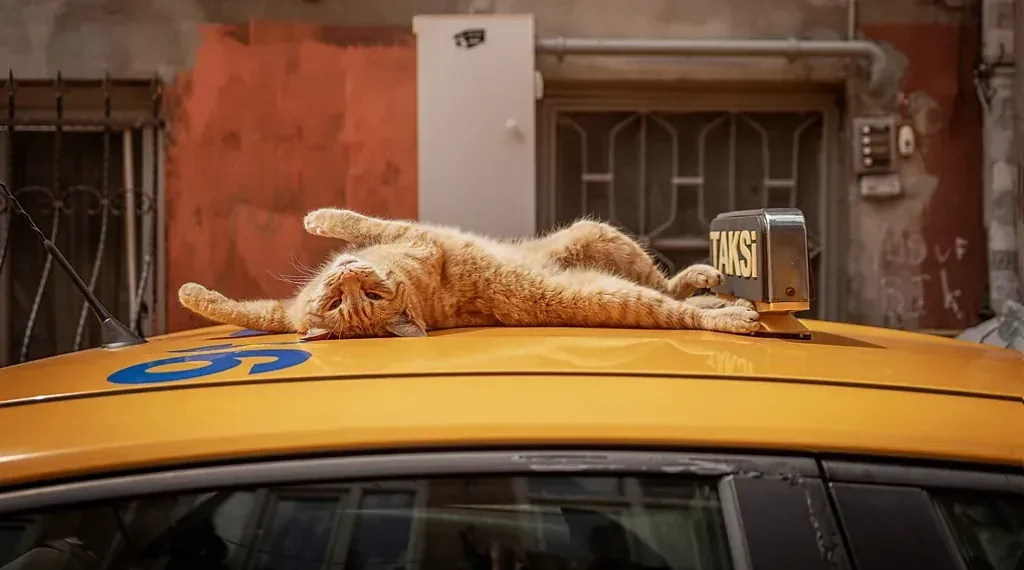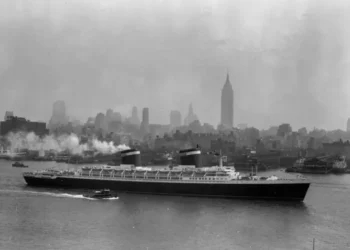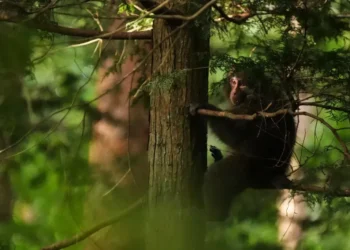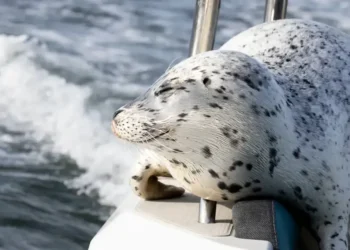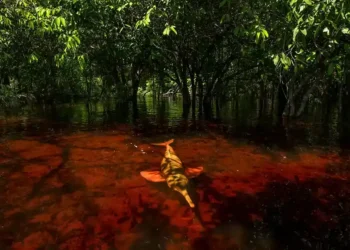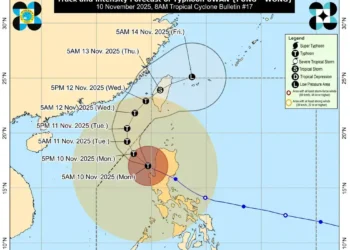Istanbul’s Streets Thrive With Cats as Community Guardians
In Istanbul, an estimated 250,000 cats coexist alongside 15 million residents, creating a unique urban ecosystem. From Ottoman-era traditions to modern community care, the city’s feline population remains an integral part of life, culture, and tourism.
Historical Roots of Istanbul’s Feline Culture
Istanbul’s connection with cats stretches back centuries. Photographer Marcel Heijnen, author of City Cats of Istanbul, describes the city’s felines as hybrids between pets and strays, cared for collectively by neighborhoods rather than individual owners.
“Each municipality has a veterinary department supporting street animals with free neutering services,” explains Fatih Dağlı, co-founder of the Cat Museum Istanbul. “Private clinics also offer discounted care, and residents often contribute to vet bills.”
The city’s reverence for cats dates to Ottoman times, when dedicated “mancacıs” or cat sitters were employed to feed and monitor strays. Dağlı traces the tradition even further, noting that sea traders from Phoenician, Roman, and Ottoman eras brought cats on ships to control vermin, gradually embedding felines into the city’s urban and cultural landscape.
Modern-Day Cat Guardianship
Today, Istanbul residents continue this collective guardianship. Cats occupy streets, cafés, metro stations, mosques, and waterfronts, moving freely through both public and private spaces. The city has earned the affectionate nickname “Catstanbul,” attracting tourists eager to experience this coexistence.
Heijnen observes, “In such a loud, bustling metropolis, Istanbul’s street cats are among its quietest citizens. Their presence offers a calming counterpoint to the city’s pace.” Visitors frequently find cats approaching for pats or a nap on their lap, creating moments of unexpected connection that transcend language or culture.
Cats as Cultural and Social Ambassadors
Cats in Istanbul are not just companions—they are part of the city’s social fabric. Many shops keep cats as draws for customers, while market stalls and cafés often leave bowls of food and water for strays. Even in historic neighborhoods like Fatih and Sultanahmet, cats are recognizable figures, integrated into daily routines and public spaces.
Heijnen highlights the city’s unique human-animal relationship: “Cities are usually built for people, made of hard materials like bricks and concrete. Having another living species claim space in this mix is extraordinary. The care locals show these animals is even more remarkable.”
In some cases, well-known street cats become minor tourist attractions, such as Sulo, a grey and white tabby frequently seen in Sultanahmet Square. Cats also inhabit hillside neighborhoods and the Bosphorus waterfront, often resting in wooden cat houses or sharing benches and steps with pedestrians.
Community Care and Public Initiatives
The city supports this coexistence through municipal and private initiatives. Local authorities provide veterinary services for street cats, and community members participate in feeding and caring for animals. This network of shared responsibility maintains the health and wellbeing of the urban feline population.
Historically, cats served practical purposes, protecting food stores from vermin. Today, they continue to serve the city in subtler ways: as companions, tourist ambassadors, and symbols of coexistence. Their presence softens the harshness of urban life and fosters a sense of shared space, reflecting Istanbul’s blend of history, culture, and daily life.
Cats and Tourism
Tourists frequently interact with Istanbul’s cats, often photographing them at prominent landmarks such as the Blue Mosque, Hagia Sophia, and along the Bosphorus. Cats are described as ambassadors of the city’s slower, calmer pace, inviting visitors to pause, observe, and connect.
Heijnen notes that the relationship between humans and cats in Istanbul remains unique: “During Ottoman times, cats were practical. Now, they enrich city life, promoting empathy and shared experiences.” The city’s street cats leave lasting impressions, encouraging both locals and visitors to consider how urban environments can accommodate coexistence with animals.
Urban Coexistence Lessons
Istanbul’s approach to stray and community cats demonstrates a model for urban coexistence. Residents, municipalities, and businesses work collectively to ensure that animals thrive alongside humans. This network of care has persisted across centuries, from Ottoman cat sitters to modern municipal veterinary programs.
The city’s cats exemplify a softer side of urban life. By claiming space in streets, cafés, and markets, they invite shared responsibility and empathy, enriching both local culture and the visitor experience.
In Istanbul, the feline presence is more than charming—it is a living reflection of the city’s layered history, its dedication to community care, and its capacity to blend human and animal life in a complex, thriving metropolis.
This article was rewritten by JournosNews.com based on verified reporting from trusted sources. The content has been independently reviewed, fact-checked, and edited for accuracy, neutrality, tone, and global readability in accordance with Google News and AdSense standards.
All opinions, quotes, or statements from contributors, experts, or sourced organizations do not necessarily reflect the views of JournosNews.com. JournosNews.com maintains full editorial independence from any external funders, sponsors, or organizations.
Stay informed with JournosNews.com — your trusted source for verified global reporting and in-depth analysis. Follow us on Google News, BlueSky, and X for real-time updates.
